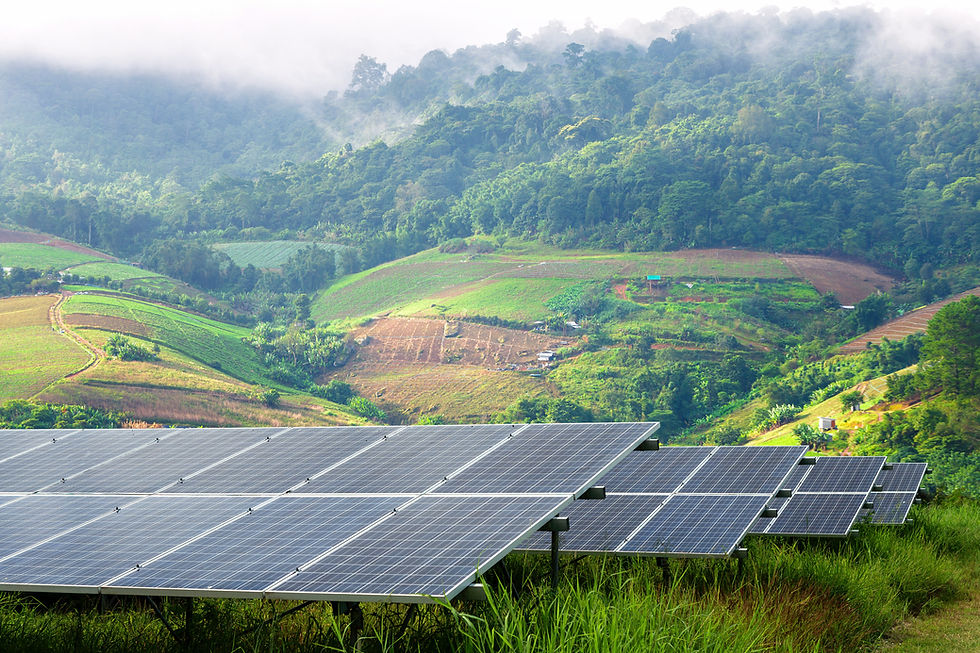Reducing CO2 Emissions for a Greener Future: Strategies to Achieve Carbon Neutral
- ClosingHour Editorial
- Jun 15, 2024
- 2 min read

In the quest for a sustainable future, the issue of CO2 emissions has taken center stage. With climate change looming large, reducing our carbon footprint has become a pressing concern for individuals, businesses, and governments worldwide. In this editorial, we will explore the importance of addressing CO2 emissions and delve into effective strategies to achieve carbon neutrality.
Understanding the Impact of CO2 Emissions
Carbon dioxide (CO2) is a greenhouse gas that contributes significantly to global warming and climate change. The burning of fossil fuels, deforestation, and industrial processes are major sources of CO2 emissions, leading to environmental degradation and adverse effects on public health. It is crucial to tackle this issue head-on to mitigate the impact of CO2 emissions on the planet.
Setting the Goal: Carbon Neutrality
Achieving carbon neutrality is a critical step towards reducing CO2 emissions and combating climate change. Carbon neutrality refers to balancing the amount of carbon dioxide released into the atmosphere with an equivalent amount that is removed or offset. By striving for carbon neutrality, individuals and organizations can play a vital role in reducing their environmental impact and promoting sustainability.
Strategies for Reducing CO2 Emissions
One of the most effective ways to reduce CO2 emissions is to transition from fossil fuels to renewable energy sources such as solar, wind, and hydropower. By harnessing clean and sustainable energy sources, we can significantly decrease our reliance on carbon-intensive fuels and lower our carbon footprint.
Implementing energy-efficient practices and technologies can help reduce CO2 emissions associated with energy consumption. From upgrading to energy-efficient appliances to improving insulation in buildings, small changes can lead to significant reductions in energy usage and emissions.
Promoting sustainable transportation options such as walking, cycling, carpooling, and using public transit can help cut down on CO2 emissions from vehicles. Additionally, the adoption of electric vehicles powered by renewable energy can further contribute to reducing emissions from the transportation sector.
Planting trees and preserving forests are effective ways to sequester carbon dioxide from the atmosphere. Trees absorb CO2 during photosynthesis, acting as natural carbon sinks that help offset emissions from human activities. Supporting initiatives that focus on afforestation and reforestation can make a significant impact on reducing CO2 levels.
Embracing a Sustainable Future
In conclusion, addressing CO2 emissions and striving for carbon neutrality are essential steps in safeguarding the environment for future generations. By adopting sustainable practices, investing in renewable energy, and supporting initiatives that promote environmental conservation, we can work together to create a greener and more sustainable future.
Let's commit to reducing our carbon footprint, embracing sustainable solutions, and shaping a world where CO2 emissions are minimized, and environmental stewardship is paramount.
The journey towards a greener future starts with each one of us taking steps to reduce our carbon footprint and combat climate change. By understanding the impact of CO2 emissions and embracing strategies to achieve carbon neutrality, we can contribute to a more sustainable world for generations to come. Let's work together towards a healthier planet and a brighter future for all.



Comments